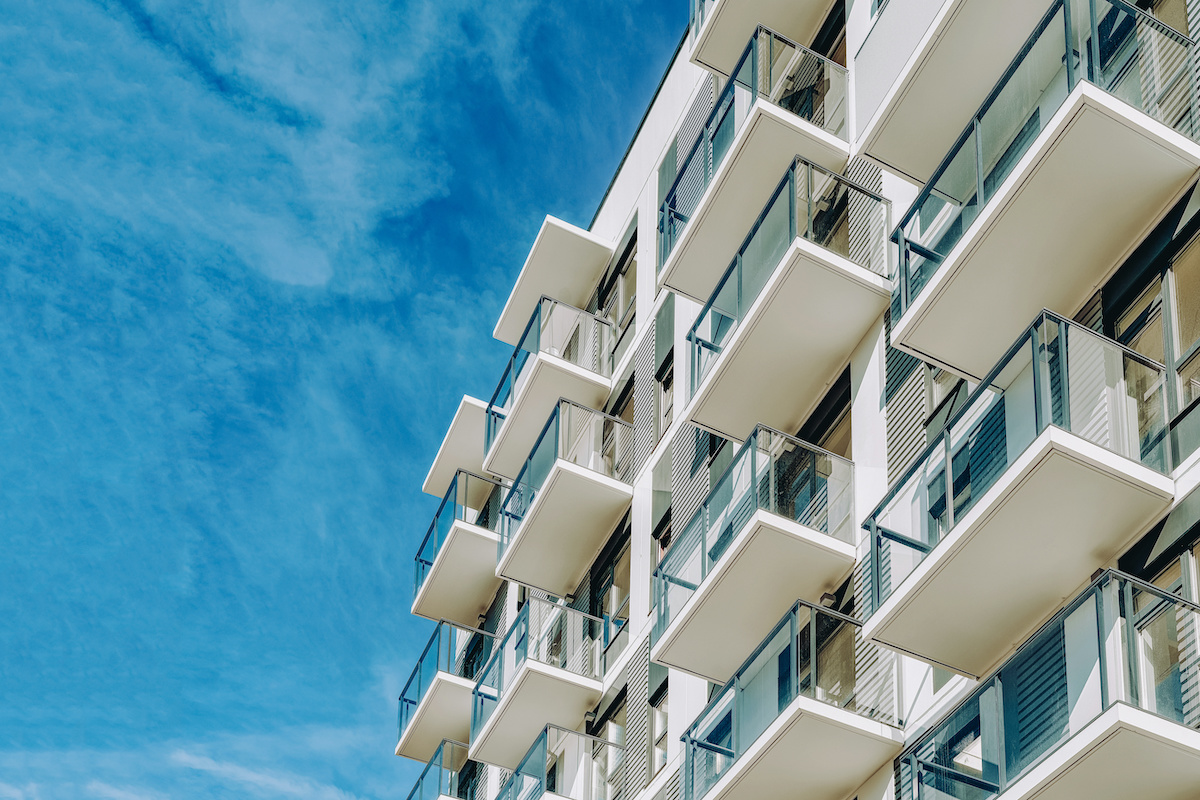Today, housing starts fell more than anticipated, but the more important story in today’s report is that even though the apartment boom is dead, single-family permits are rising.
The U.S. housing apartment boom ran into higher mortgage rates and more supply faster than anticipated, while single-family permits are still enjoying a world of sub-6% mortgage rates. The best way to deal with inflation is always supply, especially for housing because once you build it, it stays there for a long time. Destroying inflation with demand destruction can work in the short term, but eventually it will impact future production.
We can see a clear difference between the two markets in the housing construction data.
Apartment permits
Single family permits
We should all be grateful that the builders are paying down mortgage rates and finishing their significant backlog of homes that are under construction or haven’t started construction yet. This gives us more supply and keeps construction workers employed.
Traditionally, before a recession, mortgage rates go up, demand falls and the builders have to let go of construction workers. This hasn’t occurred in this economic cycle. This time new home sales have stabilized as the builders offered mortgage rates below the market. This is why tracking single-family permits and the home builders’ confidence data are crucial to housing and the economic cycles.
From Census:
Housing Starts: Privately‐owned housing starts in January were at a seasonally adjusted annual rate of 1,331,000. This is 14.8 percent (±10.2 percent) below the revised December estimate of 1,562,000 and is 0.7 percent (±11.7 percent)* below the January 2023 rate of 1,340,000.
The housing starts data slipped a bit. We all know about the apartment decline, but let’s remember that we’ve also had a lot of lousy weather nationally, and the weather does impact the closing of construction projects. We tend to get some wild month-to-month prints with housing starts data, so the housing permits data and builders’ confidence show that the single-family housing starts story is intact. Also, the previous month’s data were revised positive in a big way.
Building permits: Privately‐owned housing units authorized by building permits in January were at a seasonally adjusted annual rate of 1,470,000. This is 1.5 percent below the revised December rate of 1,493,000, but is 8.6 percent above the January 2023 rate of 1,354,000.
Total housing permits would be much higher today if the apartment boom didn’t die, but this is all part of the economic cycle. The last apartment boom we had was in the 1970s and it was thrashed in the 1974 recession so it’s an overall positive that single-family construction is still going. As long as the 10-year yield doesn’t explode higher, this should continue in 2024 as the builders keeping single-family production moving forward.
Housing Completions: Privately‐owned housing completions in January were at a seasonally adjusted annual rate of 1,416,000. This is 8.1 percent (±10.0 percent)* below the revised December estimate of 1,541,000, but is 2.8 percent (±14.6 percent)* above the January 2023 rate of 1,377,000.
My tortoise Grundy runs faster than the housing completion data, and we no longer have COVID-19 excuses here. It’s the reality of our world; it just takes forever to finish things, as construction productivity has been bad for decades. This and the fact that builders will take their time finishing homes to make sure they can sell the next batch when the homes are ready to move into.
The headline of housing starts might have looked bad at first glance, but after realizing that the permits data is doing well and calculating the weather factor, it wasn’t as negative a report as some thought.
We all know the apartment boom is dead even as the Fed stresses about 1970s-style inflation and we will have to wait for the old and slow to catch up to reality. However, on a positive note, the builders are doing their part to keep people employed and getting Americans into housing, which is a lot more than we can say about any Fed member we have today.












 English (US) ·
English (US) ·